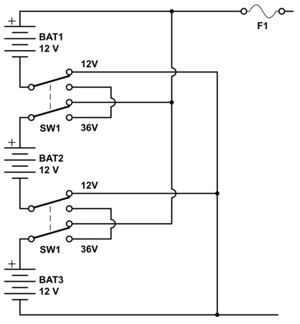Thanks to the internet, haiku is making a return to the kind of collaborative, interactive spirit out of which it originally emerged almost four centuries ago.
As the editor of tinywords, I’ve seen this kind of evolution emerge spontaneously on many occasions.
To see what I mean, let’s first rewind the calendar a few hundred years.
Before haiku was a genre of its own, before people thought that a 17-syllable (or shorter) poem could stand on its own alongside triolets, sonnets, sestinas, ballads and epics, there was an art form in Japan called haikai no renga.
<http://en.wikipedia.org/wiki/Haikai>
It was a kind of party game: A poetry master would kick things off with a pithy short verse, and then other people in the group would collaborate (and compete) to come up with subsequent verses, each one subtly or cleverly linked to the one before.
Matsuo Kinsaku was a master of this form of poetry, and attracted many students and supporters. (In those days, it was actually possible to make a living as a poetry master!) But around 1682 Matsuo became dissatisfied and started traveling around Japan.
As he went, he wrote compressed travelogues interspersed with very short poems. They were kind of like those initial verses, except instead of being used to start a collaborative chain of linked verses, they stood on their own.
Over time, his new approach gained popularity, power and subtlety. His students collected his verses into volumes, and added their own — except now, instead of the short verses being linked together into chains, each one stood on its own. The concept of haiku, as a standalone poem, was born.
Since the 17th century it’s been primarily an individual activity, like other poetry: The poet, transfixed in a moment of solitary inspiration, writes a haiku and then, later, publishes it.
Of course it doesn’t always happen exactly like that, but that’s generally the outline of how we think of haiku — and other poems. They’re the product of one mind, usually, and they stand on their own.
But on the internet, haiku don’t have to be like that. Indeed, one haiku may spark a whole chain of responses, turning it into something more than just a poem on a page.
On tinywords.com, haiku are published as poems, like on any other literary journal. But like many websites, we also allow readers to post comments, or as I like to call them, responses.
In some cases, those responses are simply comments like “beautiful imagery” or “I loved this one.” But sometimes, people post their own haiku in response. On occasion, that’s sparked a whole chain of linked verses, each one responding to the one that came before.
The most spectacular example is this haiku by Patricia Prime, which was published in 2005 on tinywords:
hail storm
tiny white balls
bounce on the deck
<http://tinywords.com/haiku/2005/06/21/>
Five years later, my tastes have shifted somewhat, and the haiku feels a little flat to me: It’s one-dimensional. It presents a vivid image but there’s no contrast or tension. But it clearly struck a note with the readers, who immediately started posting their haiku in response, many of them quite lovely:
white out
a windstorm of
pear blossoms
–Kate
On a sheet of ice
the chick trying to free itself
from its mother’s claws
–R.K. Singh
a bearded iris
sporting new growth–
cottonwood fluff
–Ed Schwellenbach
<http://tinywords.com/haiku/2005/06/21/?comments=all>
And those are just the first three. Eventually, a back-and-forth developed between the haiku’s author and a frequent commenter, and the chain of verses extended to more than 300 in all.
That was a completely spontaneous happening. No one said, “Let’s have an online renga,” or “let’s see how long we can keep this going.” It just happened.
It wasn’t the only time that a chain of responses emerged on tinywords like this. But it doesn’t happen as frequently as I’d like, and I’ll admit that the reasons for that are somewhat elusive.
Part of it has to do with the spirit of the commenters: Whether they are moved to contribute their own haiku or simply comment, in the manner of workshop participants.
Partly is has to do with whether the language and interface of the journal encourage that kind of call-and-response.
But part of it is just magic. When it happens, the literary journal turns into something more — a community — and the haiku takes on a communal life through the screens of those reading it.
It’s a wonderful thing.
Originally published at Haiku Society of America tweney haiku column.

